This article was medically reviewed by Luba Lee, FNP-BC, MS. Luba Lee, FNP-BC is a Board-Certified Family Nurse Practitioner (FNP) and educator in Tennessee with over a decade of clinical experience. Luba has certifications in Pediatric Advanced Life Support (PALS), Emergency Medicine, Advanced Cardiac Life Support (ACLS), Team Building, and Critical Care Nursing. She received her Master of Science in Nursing (MSN) from the University of Tennessee in 2006.
wikiHow marks an article as reader-approved once it receives enough positive feedback. In this case, 84% of readers who voted found the article helpful, earning it our reader-approved status.
This article has been viewed 181,885 times.
Wax burns can be very painful, but don't worry. Whether you were burned in the process of wax hair removal, by a candle, or in some other encounter with hot wax, there are several steps you can take to relieve the pain and treat the burn. When a minor wax burn happens, begin by cooling the burn and removing any wax. Then clean, treat, and dress the wax burn.
Steps
Cooling the Burn and Removing the Wax
-
1Submerge the burn in cold water for up to 20 minutes. The first step with a wax burn is to cool the skin. Fill a sink, bathtub, or wash basin with cold water and soak the burn for at least 5, but preferably closer to 20, minutes.[1]
- If the burn is on your face, soak a towel in cold water and apply it to your face.
- You can also use an ice pack to cool the burn.
- Only apply water. Do not use any soaps or other cleansers, as they could further irritate your burned skin.
-
2Remove any wax that is still attached. After soaking, look to see if there is still wax attached to the burn. Peel the wax away carefully. If skin is coming off with the wax, stop pulling.[2]
- Avoid removing any wax that touches a blister.
Advertisement -
3Decide if this burn can be treated at home. Small burns that are mild in nature can be treated safely. However, if any portion of the burn has turned white or black, if you can see bone or muscle, or if the burn area is much larger than a quarter, it is important to seek medical help.[3]
-
4Use petroleum jelly to remove any remaining wax. If there is still wax stuck to your burn, apply a thin layer of petroleum jelly to the wax. Wait 10 minutes. Gently wipe the petroleum jelly off with a soft, damp washcloth. The remaining wax should come off with it.[4]
Treating the Burn
-
1Clean the burn with water. Wash your hands using mild soap and water before rinsing the burn with cool water. Do not apply soap to the burn. Pat the area dry with a soft towel.[5]
- Some skin may come off during washing.
- Burns are particularly prone to infection, so it is crucial to keep them clean.
-
2Apply pure aloe vera or antibiotic ointment to the burn. Look for 100% aloe vera at a local pharmacy or grocery store. Apply a thin layer of this to the burn area.[6]
- If you have an aloe plant at home, you can cut off a leaf and squeeze the ointment out from inside.
- If you do not have aloe vera, vitamin E oil is another good option.
- As an alternative, you could also use silver silvadene cream to prevent infection.[7]
-
3Wrap the burn with medical gauze. If the burn contains blisters and/or broken skin, it is advisable to dress the burn. Apply 1-2 layers of fresh medical gauze over the wound, and secure it with medical tape. Change the gauze 1-2 times per day or if the gauze gets wet or soiled.
-
4Take ibuprofen to reduce pain and swelling. Over-the-counter anti-inflammatory medication, such as ibuprofen, can help you to feel better. Follow any instructions of the packaging.[8]
- Keep the area of the burn elevated to decrease swelling.
-
5Avoid touching the wound. Scratching or picking at the wound can be tempting, but it's also risky for your wound. Your fingers often contain germs that could infect the burn, and touching it could damage the skin as it tries to heal. Keeping your hands off the wound could help it heal better.
-
6Stay out of the sun. Your burned skin will be extra sensitive, so it's important that you protect it from the sun. Don't go outdoors more than necessary until your burn heals.
- If you must go outside, apply sunscreen to the area. Choose an SPF of at least 30. You should also wear a cover.
-
7Seek medical care if you notice signs of infection. If your burn shows signs of infection (like a foul smell, accumulation of pus, or increased redness) it is important to seek medical care. You should also see a doctor if your burn has not healed in 2 weeks.[9]
References
- ↑ https://www.mayoclinic.org/diseases-conditions/burns/basics/lifestyle-home-remedies/con-20035028
- ↑ https://healthfully.com/home-remedy-hot-wax-burn-6170188.html
- ↑ https://medlineplus.gov/burns.html
- ↑ https://healthfully.com/home-remedy-hot-wax-burn-6170188.html
- ↑ https://www.webmd.com/first-aid/tc/home-treatment-for-second-degree-burns-topic-overview
- ↑ https://www.mayoclinic.org/diseases-conditions/burns/basics/lifestyle-home-remedies/con-20035028
- ↑ https://www.medicinenet.com/silver_sulfadiazine-topical/article.htm
- ↑ https://www.mayoclinic.org/diseases-conditions/burns/basics/lifestyle-home-remedies/con-20035028
- ↑ https://www.mayoclinic.org/diseases-conditions/burns/basics/lifestyle-home-remedies/con-20035028
About This Article
If you have a small wax burn, you can treat it at home by first submerging the burned area in cold water for 20 minutes. After soaking, carefully peel away the wax on your skin that you can remove. For sensitive areas, apply petroleum jelly to the wax and wait 10 minutes, then use a soft, damp washcloth to wipe the wax and jelly away. Once the wax is removed, wash your hands and rinse your burn with cool water. Then, simply apply aloe vera or antibiotic ointment to your burn and wrap it in medical gauze. However, if any portion of your burn turns white or black, if you can see bone or muscle, or if the burn is larger than a quarter, you should seek medical help. For more tips from our Medical co-author, like how to reduce pain and swelling from a burn, scroll down.



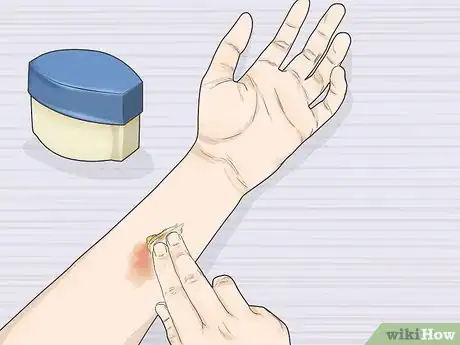
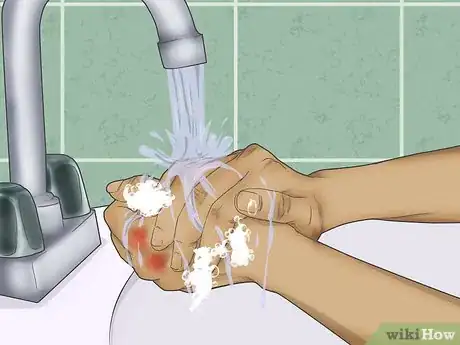
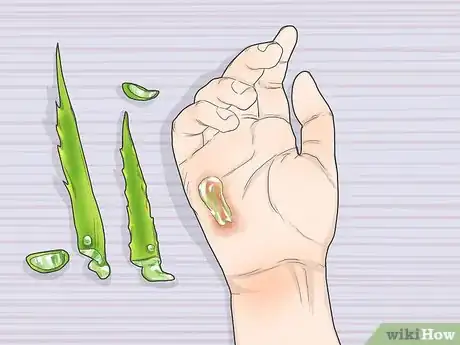

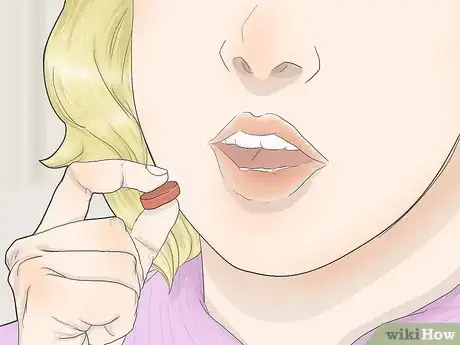

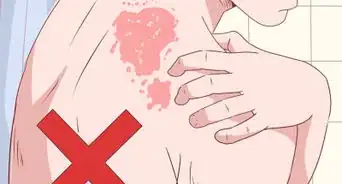
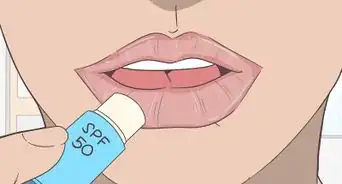
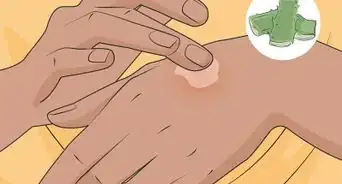
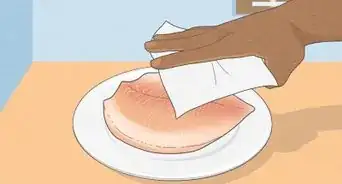
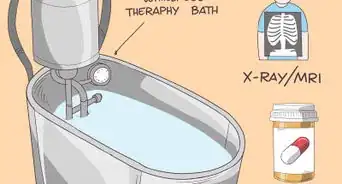








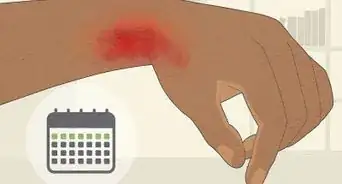









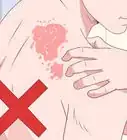
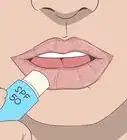
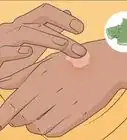
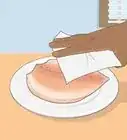



































Medical Disclaimer
The content of this article is not intended to be a substitute for professional medical advice, examination, diagnosis, or treatment. You should always contact your doctor or other qualified healthcare professional before starting, changing, or stopping any kind of health treatment.
Read More...